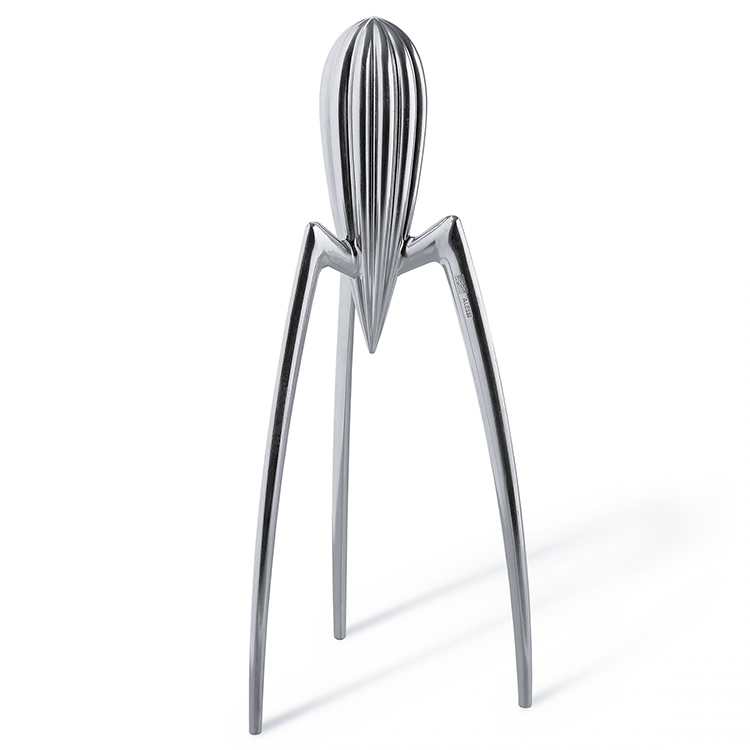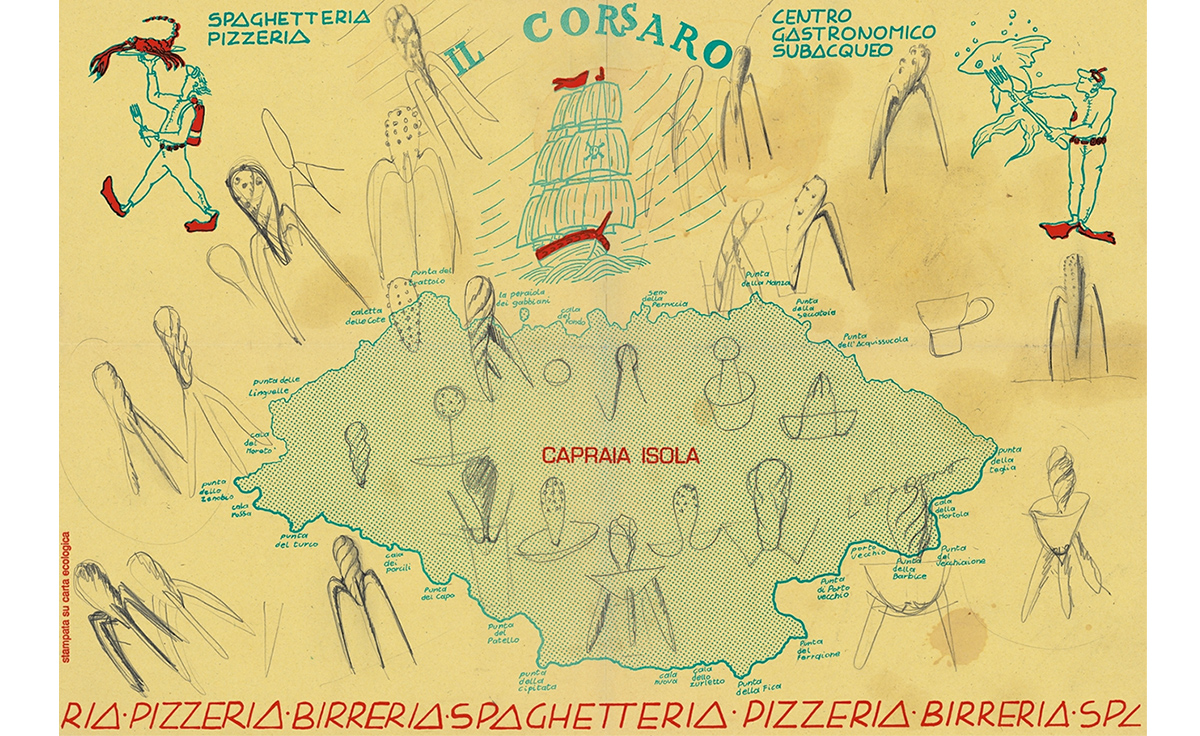My friend Christina Wodtke recently published a book called Pencil Me In. It’s aimed at encouraging “people who can’t draw” to draw more, especially in a business context. (You should get it even if you don’t think you fit that description — it’s really for everyone.) She kindly gave me a copy of the book autographed with the following directive:
Never stop drawing to think!
I love that. (Thanks, Christina!)
People assume the main reason to draw is so they can communicate something to someone. “A picture is worth a thousand words,” they’ve been told. So they draw — sometimes reluctantly.
Drawing to think is in one sense drawing to communicate. The difference is you’re communicating with an audience of one: you. You’re getting the abstractions out of your head and onto a medium where they can be made tangible, where you can examine them and iterate on them. A shitty first draft.
When you draw to think, your pencil and paper and hand and eyes and nervous system become one thing working in concert. You create a feedback loop: “This one goes too far. Let’s try this… Not far enough. I see what happened there. Wait. What if I did this to it? What would that do to the rest of the composition? Etc.”
Drawing to think has been central to my way of working for a long time. I’ve explored various ways of doing it, including using computers and iPads. These days I mostly draw on paper using black ink. When the time comes to share the ideas with others, I switch to the iPad to sketch something more polished.
Polished drawings are good when communicating with others, but rough ones are better for thinking. Thinking requires iteration: one more drawing… one more drawing… one more drawing. That calls for speed, and quick is rough, at least for me. That’s ok! This audience-of-one can see through the mess.
You may be familiar with Philippe Starck’s Juicy Salif citrus squeezer:

Image: Alessi
It’s a beautiful object (although I’ve heard it’s not a very functional citrus squeezer.) Juicy Salif looks organic, as though it emerged from the natural world somehow. It didn’t — it emerged from a feedback loop between Starck and a placemat in a pizzeria on the Amalfi coast. Here’s a photo of the placemat:

Image: Hive
Look at all those little sketches! This is a picture of Starck’s mind exploring the problem space for this artifact. It’s not a record of his thinking process — it’s where the thinking happened. An important distinction. (Check out Andy Clark’s book Supersizing the Mind for a deeper description of how these feedback loops work.)
Drawing to think is central to design. If you don’t do it already, I strongly encourage you to establish the practice. Christina’s book is a great place to start. That said, you don’t need much instruction — just get the feedback loop going in whatever way works best for you. It’ll help you think better.